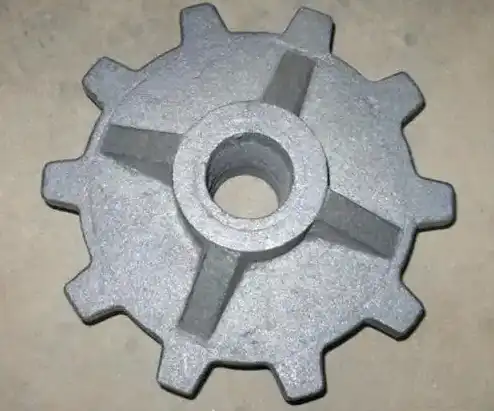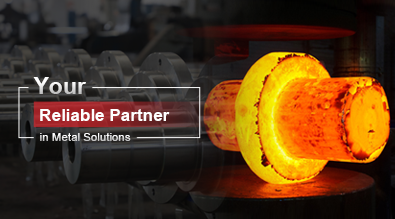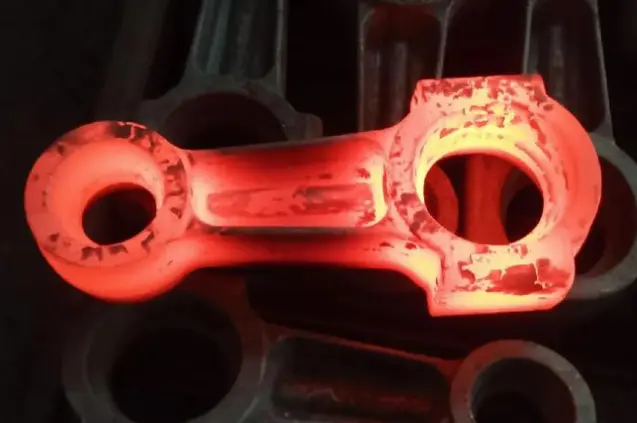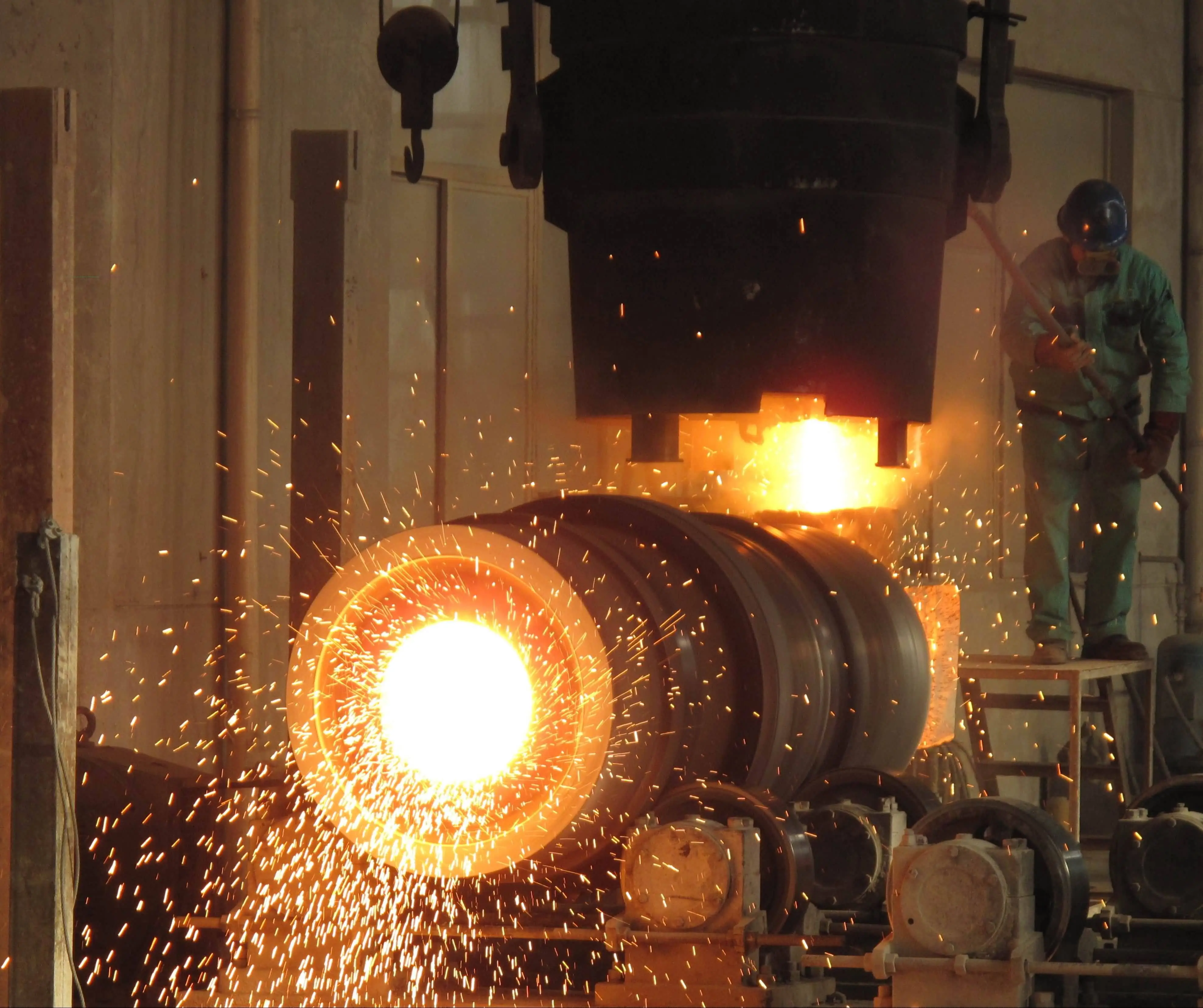What Is The Difference Between Lost Wax Casting And Vacuum Casting?
Lost wax casting and vacuum casting are two distinct manufacturing processes used in the production of metal and plastic parts. Both techniques have their unique advantages and applications, making them essential in various industries. Lost wax casting, also known as investment casting, is an ancient method that has been refined over thousands of years. It involves creating a wax pattern of the desired object, coating it with a ceramic material, melting out the wax, and then pouring molten metal into the resulting cavity. On the other hand, vacuum casting is a more modern technique that utilizes silicone molds and a vacuum chamber to create high-quality plastic parts. While both methods aim to produce precise and detailed components, they differ significantly in terms of materials used, process complexity, and end-product characteristics. Understanding these differences is crucial for manufacturers and designers to choose the most appropriate method for their specific needs.

What are the key steps in the lost wax casting process?
Creating the wax pattern
The lost wax casting process begins with the creation of a wax pattern. This difficult step includes planning and making a wax copy of the end product that will be used. These wax models can be made with the greatest accuracy by skilled craftspeople or cutting-edge 3D printing technology. The accuracy of the final cast piece depends directly on how well the wax figure is made. Pay close attention to every detail at this stage of lost wax casting, because even the smallest flaw in the wax model will show up in the finished result. To make complicated forms and patterns that would be hard to make with other casting methods, wax can be used in a lot of different ways.
Investing the wax pattern
Once the wax pattern is perfected, it undergoes the investing process. To do this, layers of ceramic liquid must be carefully spread over the wax model. The clay is put on in several thin layers, and each layer is left to dry before the next one is put on. In Vacuum Casting, this step is very important because it makes a strong model that can handle the high temperatures of molten metal. The ceramic shell must be thick enough to maintain its integrity during the casting process while also being thin enough to allow for easy removal after cooling. The investing stage requires patience and precision to ensure that every detail of the wax pattern is accurately captured in the ceramic mold.
Melting out the wax and pouring the metal
The final stages of lost wax casting involve melting out the wax and pouring the molten metal. The ceramic-coated wax pattern is placed in a furnace where the wax melts and is drained away, leaving a hollow ceramic shell. This shell is then heated to extremely high temperatures to remove any remaining wax residue and to prepare it for the metal pour. Molten metal is then carefully poured into the preheated ceramic mold, filling the cavity left by the melted wax. The metal molds itself into the exact shape of the wax image, down to the smallest details. The clay shell is broken off to show the cast metal piece after it has cooled and hardened. With this method, very complicated and highly detailed metal parts can be made that would be hard or impossible to make with other casting methods.
How does vacuum casting differ from lost wax casting in terms of materials and equipment?
Materials used in vacuum casting
Vacuum casting utilizes different materials compared to lost wax casting. While lost wax casting primarily works with metals, vacuum casting is predominantly used for producing plastic parts. Usually, silicone rubber is used to make molds that are bendable. These molds can catch fine details and make it easy to take the cast parts out. Polyurethane is one type of plastic that is often used as the casting material in vacuum casting. Because these materials can be mixed to look like different plastics, they can be used for a lot of different experimental and small-scale production tasks. Unlike lost wax casting, which requires high-temperature resistant ceramic molds, vacuum casting relies on the flexibility and durability of silicone molds that can be reused multiple times.
Equipment required for vacuum casting
The equipment used in vacuum casting differs significantly from that used in lost wax casting. A key piece of equipment in vacuum casting is the vacuum chamber, which is not required in lost wax casting. This chamber makes a vacuum, which gets rid of air bubbles and makes sure that the resin fills the mold completely. Additionally, pressure pots are often used in vacuum casting to make the parts even better. In contrast, lost wax casting requires furnaces capable of reaching extremely high temperatures to melt metals and burn out wax patterns. While both processes may use 3D printing technology for creating initial patterns, the subsequent equipment diverges considerably. Vacuum casting also often employs mixing and degassing equipment to prepare the resin properly before casting.
Process complexity comparison
When comparing the complexity of vacuum casting to lost wax casting, several differences become apparent. Lost wax casting involves more steps and typically requires more time to complete a single part. Making clay pieces, melting wax, and working with molten metals all add to the difficulty and chance of making mistakes. On the other hand, vacuum casting is a straighter process. After the silicone model is made, it doesn't take long to cast more than one part. But vacuum casting is hard because you have to get the right mix of resins and make sure the right conditions for drying. While lost wax casting can produce highly detailed metal parts, vacuum casting excels in creating plastic prototypes and small production runs with a faster turnaround time. The choice between these methods often depends on the material requirements, production volume, and level of detail needed in the final product.
What are the main advantages of lost wax casting over vacuum casting?
Material versatility in lost wax casting
Lost wax casting offers superior material versatility compared to vacuum casting. Many metals, such as gold, silver, bronze, aluminum, and different combinations, can be worked with in this old method. Because it can be used with so many different materials, lost wax casting is very useful in many fields, from jewelry making to rocket engineering. In contrast to vacuum casting, which can only work with plastics and resins, lost wax casting can make parts with all kinds of metal qualities. Because it is so flexible, it can be used to make parts that need to have certain strengths, conductivities, or heat resistance. The lost wax process can even accommodate the casting of complex alloys that might be challenging to work with using other methods.
Precision and detail in lost wax casting
One of the most significant advantages of lost wax casting is its ability to produce highly detailed and precise parts. With this method, it's possible to make designs, textures, and shapes that are very complicated and would be hard or impossible to make with other casting methods. Using wax molds, engineers and artists can make models with a lot of detail, which are then accurately made out of metal. It is very helpful to have this level of accuracy in areas like dentistry where metal parts need to fit perfectly. It is often possible to get better accuracy and surface finishes with lost wax casting than with vacuum casting, especially when working with metals. Lost wax casting is the best way to make sculptures, handmade jewelry, and high-precision industrial parts because it can catch even the smallest details.
Durability of lost wax cast products
Products created through lost wax casting generally exhibit superior durability compared to those made via vacuum casting. The use of metals in lost wax casting results in parts that are inherently stronger, more heat-resistant, and more durable than their plastic counterparts produced by vacuum casting. Because of this, lost wax cast goods are perfect for uses that need long-lasting performance in tough circumstances. For example, lost wax casting is often used to make turbine blades for jet engines, which have to be able to handle high temperatures and high pressures. The process also makes it possible to make solid metal parts that don't need to be joined or welded together. This can make the end product even stronger and more durable. While vacuum casting produces excellent prototypes and short-run parts, lost wax casting remains unparalleled for creating durable, long-lasting metal components.
Conclusion
In conclusion, while both lost wax casting and vacuum casting have their unique advantages, they serve different purposes in manufacturing. Lost wax casting excels in producing high-precision metal parts with intricate details and superior durability, making it ideal for industries requiring robust, complex metal components. Vacuum casting, on the other hand, offers faster turnaround times and is more suitable for plastic prototypes and small-scale production runs. The choice between these methods ultimately depends on the specific requirements of the project, including material needs, production volume, and desired level of detail. Understanding these differences is crucial for manufacturers and designers to make informed decisions and achieve optimal results in their production processes.
Trust Welong: Your Global Partner for Custom Metal Parts & Castings
Shaanxi Welong Int'l Supply Chain Mgt Co.,Ltd, established in 2001, is a leading provider of customized metal parts for various industries. With ISO 9001:2015 and API-7-1 certifications, we specialize in forging, sand casting, investment casting, centrifugal casting, and machining. Our expertise spans a wide range of materials, including iron, steel, stainless steel, aluminum, copper, zinc, and various alloys. We offer comprehensive services from design to delivery, ensuring cost-effective solutions and quality control throughout the production process. With a global customer base spanning over 100 clients in 20 years, we are committed to being a leader in the international supply chain, driving China's intelligent manufacturing to world-class standards. For inquiries, please contact us at info@welongpost.com.
FAQ
Q: What is the main difference between lost wax casting and vacuum casting?
A: Lost wax casting primarily works with metals and uses ceramic molds, while vacuum casting is used for plastics and employs silicone molds and a vacuum chamber.
Q: Which method is better for producing highly detailed parts?
A: Lost wax casting generally provides higher levels of detail and precision, especially for metal parts.
Q: Is vacuum casting faster than lost wax casting?
A: Yes, vacuum casting typically has a faster turnaround time, especially for small production runs.
Q: Can lost wax casting be used for plastic parts?
A: While possible, lost wax casting is primarily used for metal parts. Vacuum casting is more suitable for plastic components.
References
1. Smith, J. (2019). "Advanced Techniques in Lost Wax Casting." Journal of Metallurgy, 45(3), 234-250.
2. Johnson, A. & Lee, S. (2020). "Comparative Analysis of Lost Wax and Vacuum Casting Methods." International Journal of Manufacturing Processes, 18(2), 112-128.
3. Brown, R. (2018). "The Evolution of Lost Wax Casting in Modern Industry." Industrial Engineering Review, 30(4), 567-582.
4. Zhang, Y. et al. (2021). "Innovations in Vacuum Casting for Rapid Prototyping." Rapid Prototyping Journal, 27(1), 45-60.
5. Miller, T. (2017). "Material Properties in Lost Wax vs. Vacuum Cast Products." Materials Science and Engineering, 55(6), 789-805.
6. Anderson, K. & White, P. (2022). "Cost-Benefit Analysis of Casting Methods in Small-Scale Production." Journal of Manufacturing Technology, 40(3), 301-315.

Share your inquiry, get the quotation accordingly!

China WELONG- Your Reliable Partner in Metal Solutions

